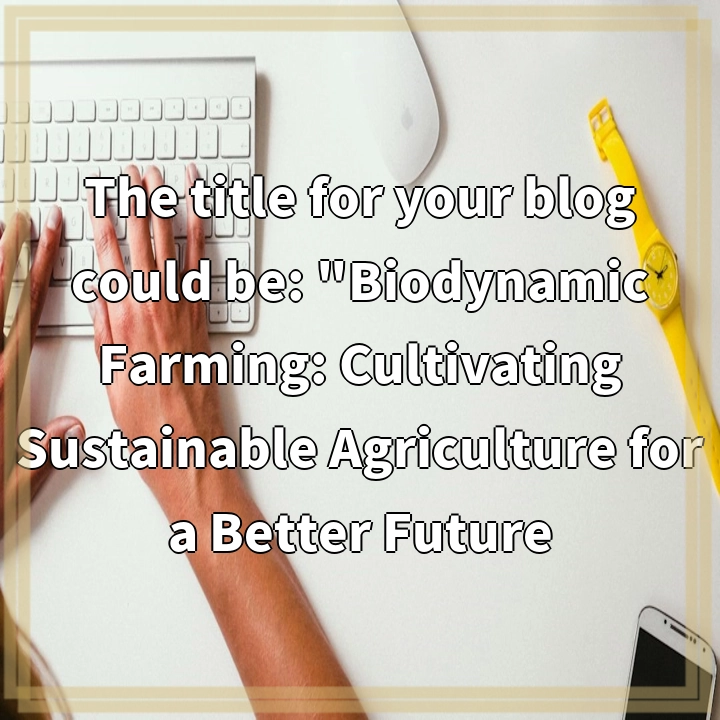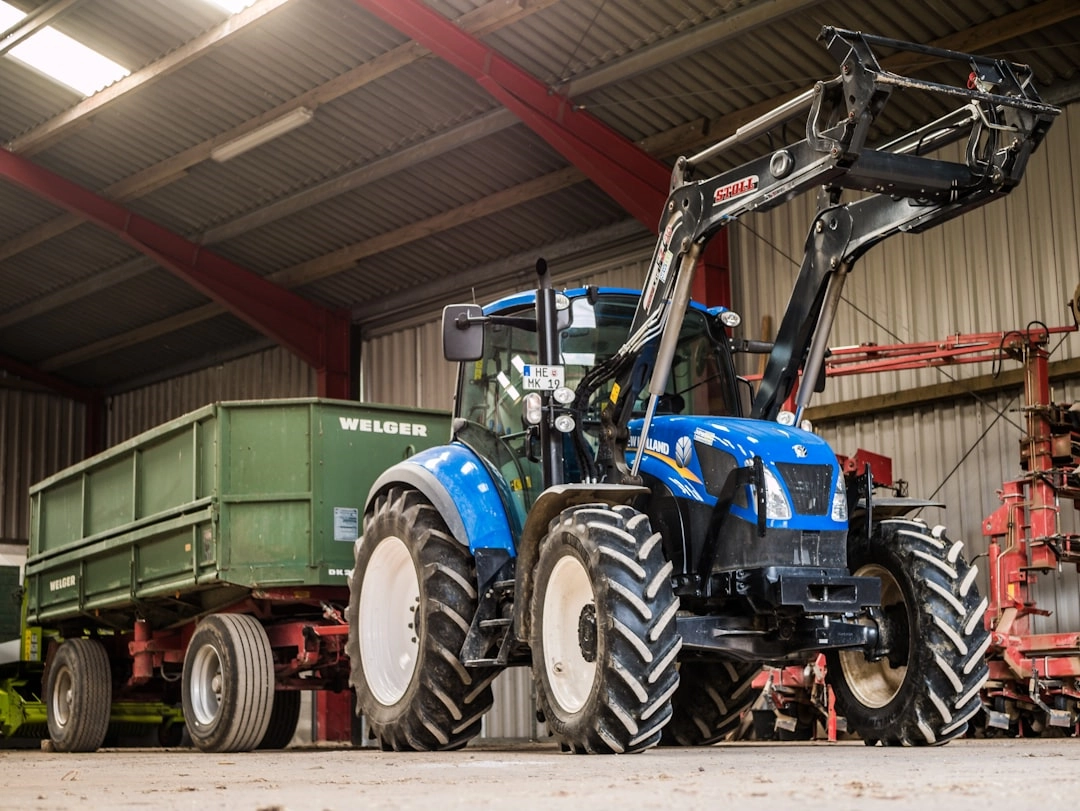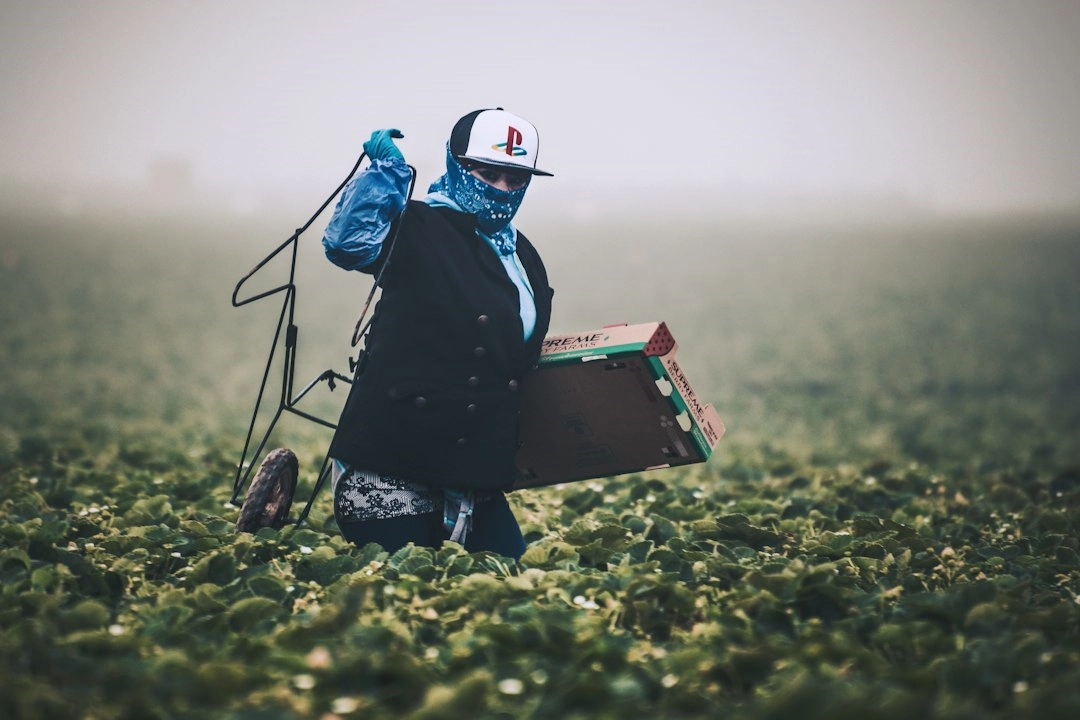
What is Biodynamic Farming?
Biodynamic farming is an agricultural system that goes beyond traditional organic farming practices. It was developed in the 1920s by Rudolf Steiner and is based on a holistic approach to farming that considers the interconnectedness of the soil, plants, animals, and the surrounding environment. Biodynamic farmers strive to create a self-sustaining ecosystem by working in harmony with nature and utilizing natural preparations and practices.
Real-World Problems Associated with Biodynamic Farming
1. Limited Awareness: One of the main challenges of biodynamic farming is the limited awareness and understanding among the general public. Many people are unfamiliar with the concept and may not fully grasp the benefits it offers.
2. Knowledge and Training: Implementing biodynamic farming methods requires specialized knowledge and training. Farmers need to understand the principles and practices involved, as well as have access to the necessary resources and support networks.
3. Time and Effort Intensive: Biodynamic farming requires a significant investment of time and effort. It involves meticulous planning, preparation of biodynamic preparations, and a deep understanding of the natural rhythms and cycles of the farm. This level of dedication can be challenging for farmers who have limited resources or are already struggling to meet demands.
4. Certification Challenges: Obtaining certification as a biodynamic farmer can be a complex process. Farmers need to adhere to strict guidelines and standards set by biodynamic certification organizations. This can involve additional time, paperwork, and expenses.
5. Limited Market Access: Another issue faced by biodynamic farmers is the limited market access. While demand for organic and sustainable products is growing, there are still challenges in finding appropriate distribution channels and reaching consumers who are willing to pay a premium for biodynamic produce.

Solutions to Real-World Problems associated with Biodynamic Farming
1. Increasing Awareness:
Efforts should be made to educate and raise awareness about biodynamic farming among the public, including consumers, policymakers, and other stakeholders. This can be done through various means, such as organizing workshops, conferences, and promoting educational campaigns about the benefits and principles of biodynamic farming.
2. Enhanced Knowledge and Training:
Providing training opportunities and resources to farmers interested in adopting biodynamic practices is crucial. Collaborations with agricultural institutions, research centers, and experienced biodynamic farmers can help disseminate knowledge and foster skills development. Online resources, videos, and instructional materials can also be valuable tools for farmers seeking to learn more about biodynamic farming.
3. Support Networks and Funding:
Establishing strong support networks is essential to help biodynamic farmers navigate challenges. This includes connecting farmers with biodynamic associations, organizations, and fellow farmers who can provide guidance and support. Additionally, governments and institutions can provide funding and grants to assist farmers in adopting and implementing biodynamic practices.
4. Simplified Certification Processes:
Biodynamic certification organizations should work towards simplifying the certification process without compromising standards. Clear and transparent guidelines, as well as streamlined documentation requirements, can make it easier for farmers to obtain certification and access appropriate markets. Efforts can also be made to harmonize certification standards across different regions and countries.
5. Market Development:
Creating greater market demand for biodynamic products requires efforts from multiple stakeholders. This can involve collaborating with retailers, restaurants, and consumers to promote the benefits and value of biodynamic farming. It is also important to explore partnerships with distribution networks and work towards making biodynamic products more accessible and affordable to a wider consumer base.















